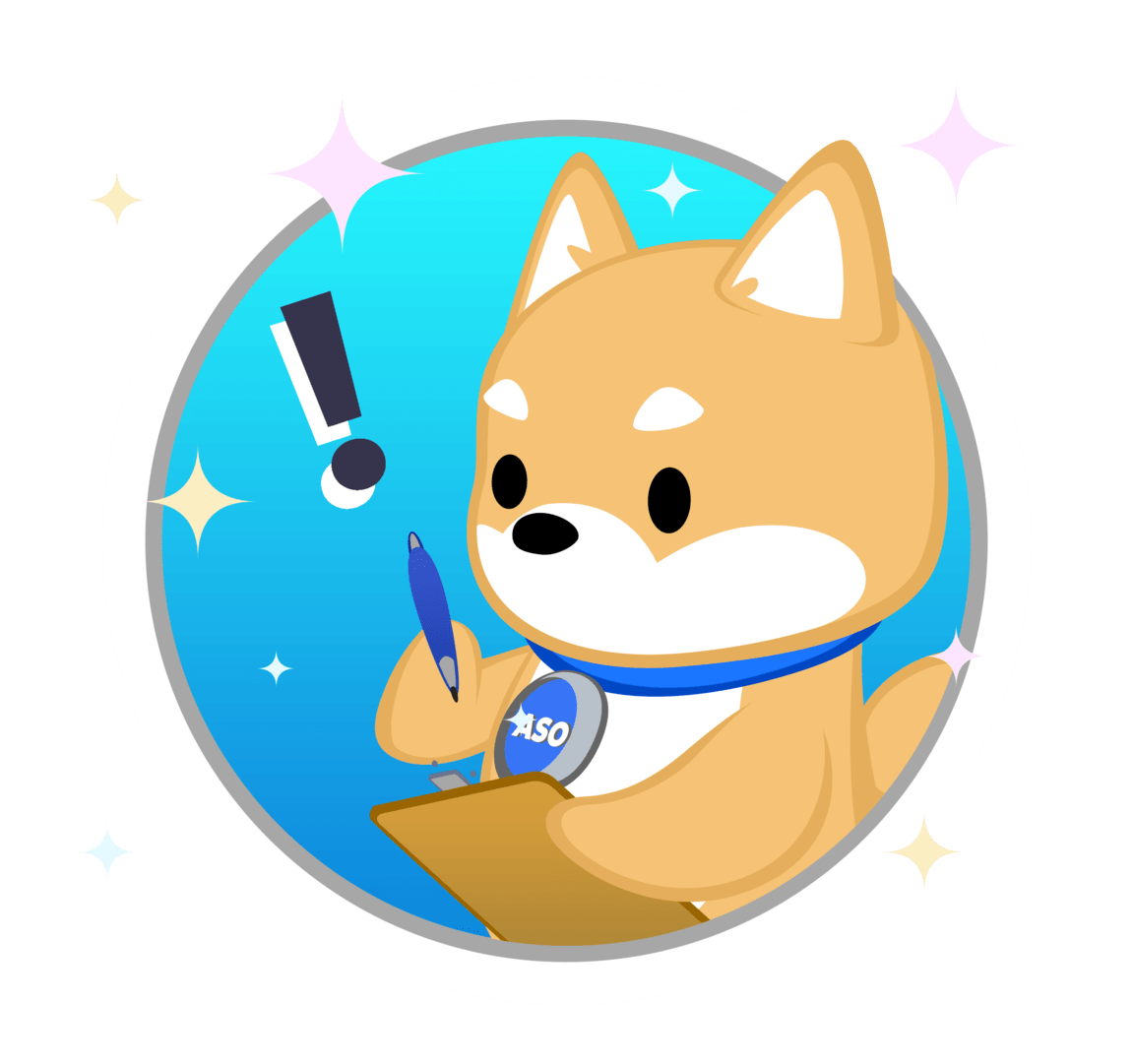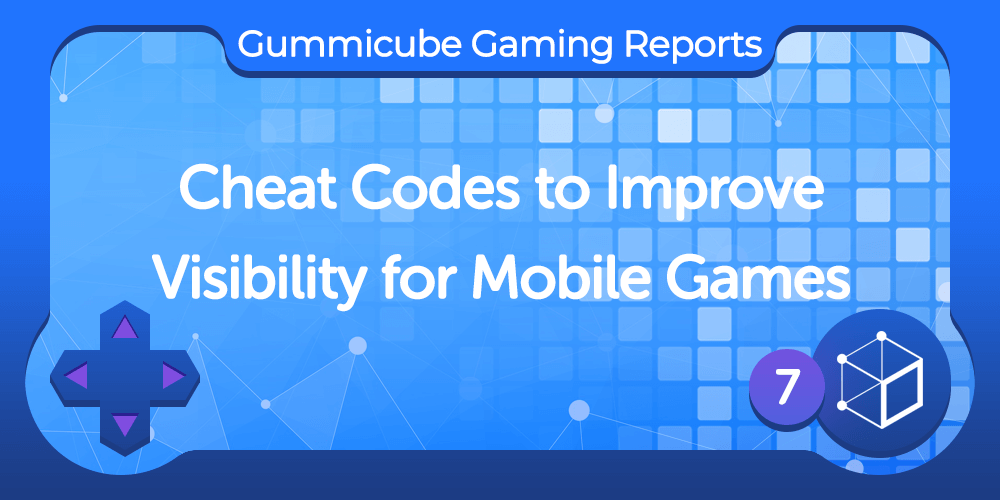
Posted on March 21st, 2018
The App Store and Google Play Store are teeming with millions of apps, a great deal of which are mobile games. The gaming industry has come a long way since old-school arcade games and even home or portable consoles. In fact, games have been accessible on-the-go since the original 1976 version of Snake launched on mobile devices in 1998. The mobile gaming industry has boomed, generating $59.2 billion dollars in 2017. Additionally, Google reported $4.5 billion dollars in revenue in Q3 of 2017 alone. This explains why competition has skyrocketed within the industry over the past few years. Game developers want to take advantage of this lucrative industry, but to do so, they need a way to beat their competition. In order to stay competitive in downloads, search results and players, developers need to utilize App Store Optimization (ASO), which will help put their game ahead of the competition.
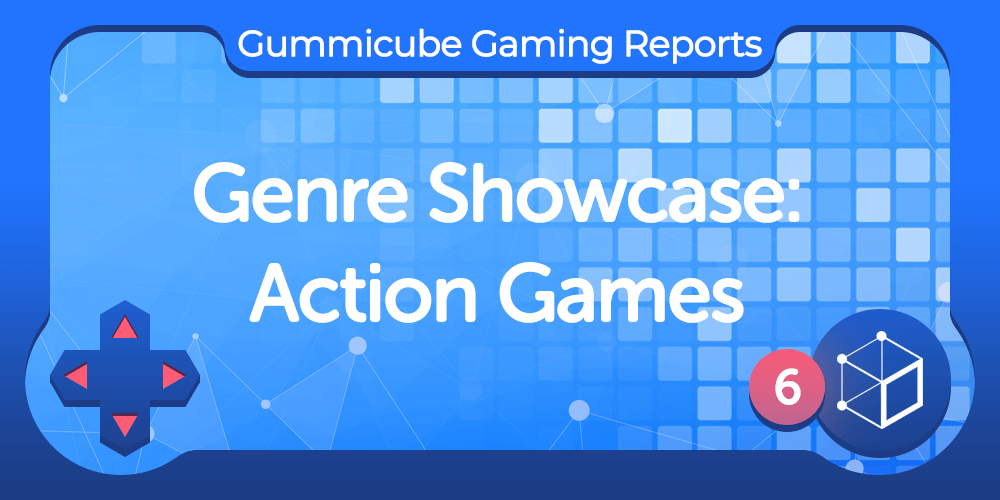
Posted on March 19th, 2018
There’s nothing quite like an action game – the intense concentration, the quick decisions that determine victory or defeat, and the feelings of joy when you finally complete a level or conquer a challenging foe. Mobile action games are a very popular genre, meaning that the market is teeming with competitors that are trying to encourage users to download their game instead of yours. Those that stand out from their competition leave the rest to uncover what tactics they took to succeed. There are many App Store Optimization (ASO) factors at play, but one of the keys to standing out is a strong description. Not only does it highlight the game’s core features and encourage users to download, it needs to be formatted to engage the audience on both the App Store and Google Play Store. Developers can achieve this level of engagement by utilizing high-volume keywords that draw in users and make them interested in downloading.

Posted on March 14th, 2018
When you're bored and looking for a way to kill time while improving your quick-thinking skills, what do you do? Do you pull out a crossword and start testing your vocabulary? Do you grab a deck of cards and enjoy what could be a frustrating game of solitaire? Now that we have handy mobile devices at our disposal, we're quick to forget about these physical objects and go for their digital counterparts. These are often found in the form of mobile puzzle games. Since the puzzle game genre can span across categories such as casual, board games and puzzle itself, we should first give puzzle games a definition for the purpose of this article. These games are oftentimes a test that assesses an individual's problem-solving skills, ingenuity and knowledge to arrive at the correct solution. But since there are so many games that can fall under the puzzle umbrella, how do competitors in the current ecosystem stand apart? This is where creatives come in - they play a key role in helping users easily recognize the app while understanding its core feature and functionality. By looking at how top puzzle games are creating icons, screenshots and even preview videos, we'll surely find some commonalities that can be used by others looking for a shot at the spotlight.
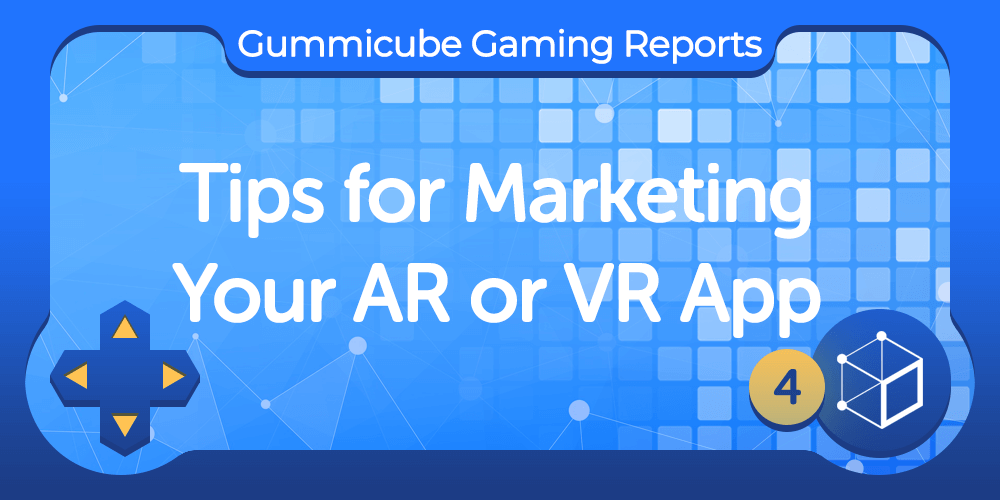
Posted on March 8th, 2018
The number of Virtual Reality and Augmented Reality apps available on Google Play and the Apple App Store is growing fast, and saw an increase of over 200% in 2016 alone. Still, when compared to other app categories, AR and VR are still in their infancy. With GDC 2018 closing in on us in less than two weeks, developers are scrambling to make last minute optimizations to their apps, and also come up with unique ways to stand out both on the show floor and in the app stores. Traditional mobile app marketing may not be enough, however, so developers are looking to new and innovative ways to market their AR or VR apps. Here are four ways to help market a Virtual Reality or Augmented Reality app, both online and in person.

Posted on March 6th, 2018
Casual games are a nostalgic American pastime that only continues to grow each year – especially in the mobile space. What began as quarter-eating arcade cabinets has grown into a massive industry, and casual games can now be found on phones around the world. PAC-MAN was considered to be the first ever casual game when it was released in arcades across the nation in the 1980’s. Since then, casual gamers have enjoyed classics like Tetris, Solitaire and Snake and have grown to love newer titles such as Candy Crush Saga, Farmville and more.
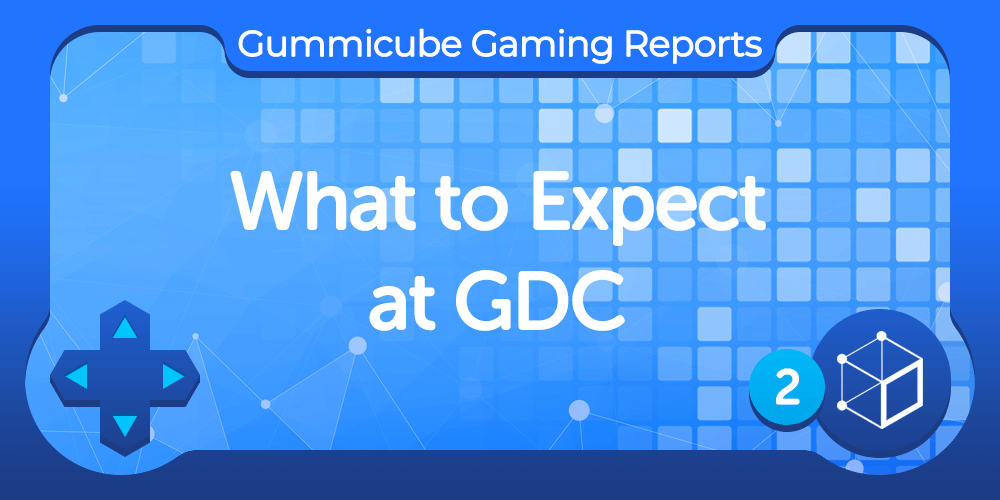
Posted on March 2nd, 2018
With the 2018 Game Developers Conference approaching, developers and attendees are busy preparing their schedules for a busy week of exploring all the latest developments in games. However, that encompasses a wide range of subjects, and there is quite a lot to do and see. Here are the major things to expect at GDC and look forward to.
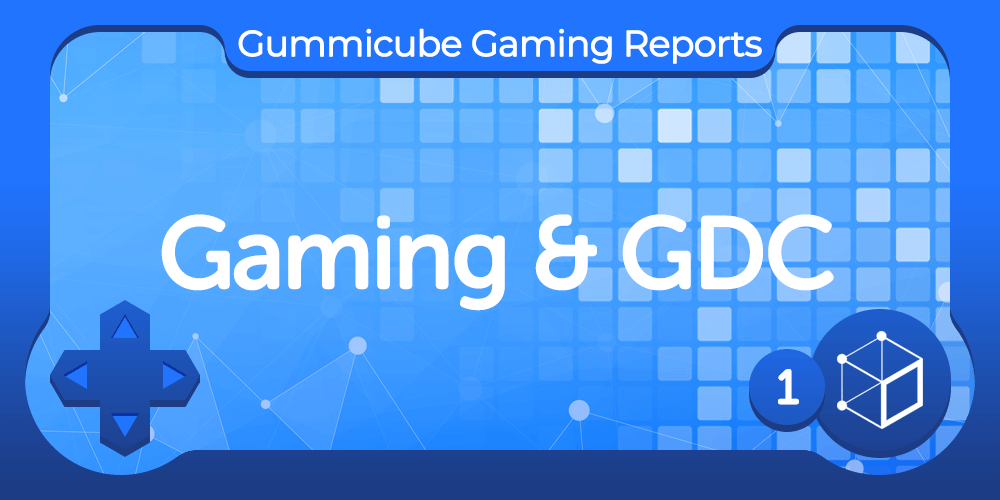
Posted on February 28th, 2018
Game developers are gearing up for the Game Developers Conference 2018 in San Francisco. Many are excited to experience the expo, attend networking events and, of course, represent at the coveted Independent Gaming Festival and Game Developers Choice Awards. This year we’re sure to see new innovation within the Virtual Reality and Augmented Reality spaces, but there’s also going to be a plethora of great information and inspiration for every aspect of gaming! This is why Gummicube has decided to create a series of blog posts dedicated to gaming and GDC. Over the next few weeks, we’ll be publishing articles on marketing AR/VR, an in-depth look at three popular mobile gaming genres, a guide to what to expect at GDC and an update to our popular Gaming Cheat Sheet. This post will serve as your “one-stop shop” for content regarding the upcoming conference and provide you with links to each post once they are published. Check back over the next few weeks to make sure you have all the information you need to make GDC 2018 the best experience possible!
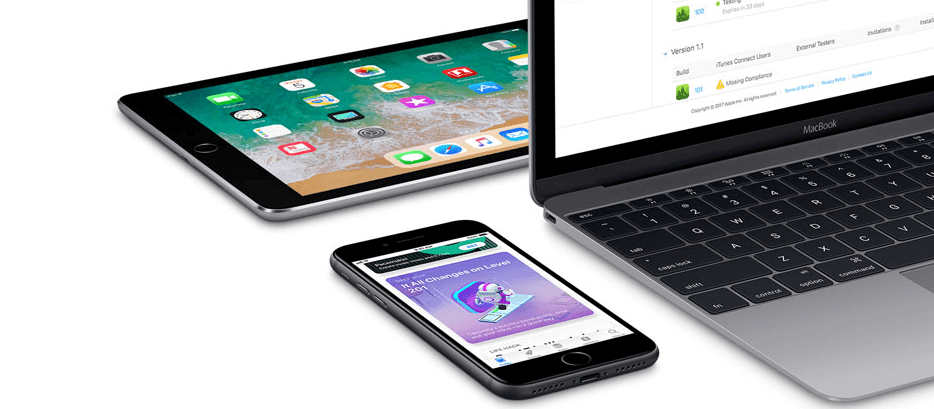
Posted on February 23rd, 2018
iOS app developers – big news for your App Store product pages. Apple quietly released an update on iTunes Connect allowing you to now upload up to ten screenshots. That’s right, the tech company drastically increased the number of screenshots that can be used to showcase your app’s UI and core features. Apple also updated their Product Page Optimization link to include the newly updated number. Despite the total number going up, the amount of screenshots displayed in user search will still be three portrait or one landscape, as is the case for users running iOS 11. Developers will still have to decide if portrait or landscape orientated screenshots are best for highlighting their app, but having more screenshots simply means that developers get more opportunities to highlight their app’s capabilities. With more screenshots, developers can showcase various features and truly let their app’s UI shine. However, developers need to understand that having more screenshots means that there are more opportunities to improve - or in some cases hurt - their conversion. Since screenshots are a key to the conversion funnel, developers will need to make sure that they’re not simply repeating screenshots that highlight core features but are instead showing multiple facets of the app. If developers are ever worried, they can take advantage of ASO best practices to ensure that their screenshots will convert the maximum number of users. Having more screenshots is truly a welcome surprise. Make sure to get started on those additional creatives right away so you can begin to show off more aspects of your app and improving your conversion rates!
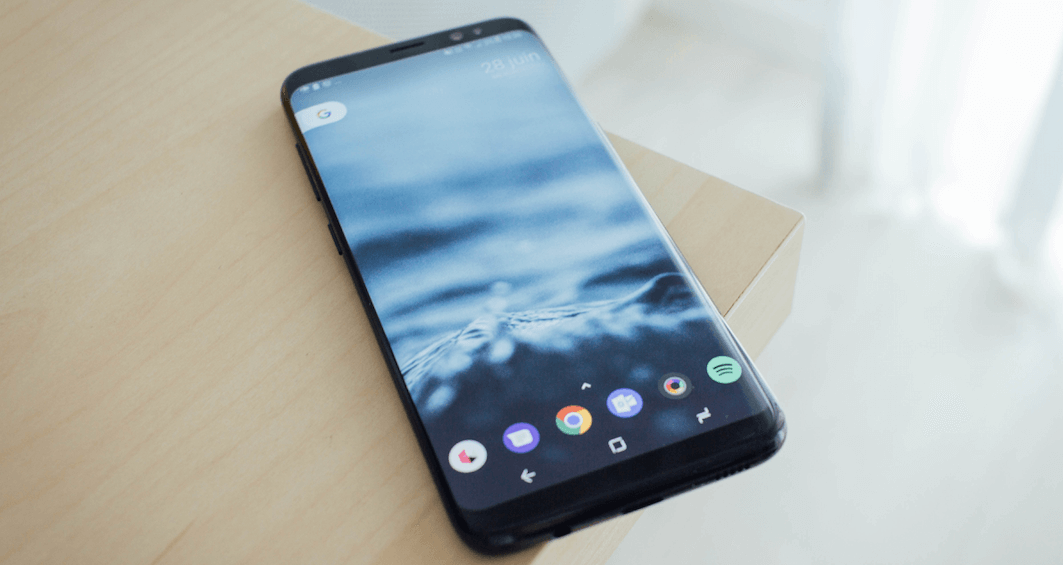
Posted on February 22nd, 2018
Improving an app’s visibility doesn’t require a degree in artificial intelligence or machine learning. Although the algorithms that determine what an app is indexed for are very complex, the process by which any given app is ranked is fairly straightforward. Google looks at three key areas of an app’s metadata when it determines the relevancy for a keyword, and how well it ranks: The Short Description, Long Description, and the Title. Thanks to App Store Optimization (ASO), developers can get a leg up on their competition and improve their visibility by focusing their efforts on these three key areas.
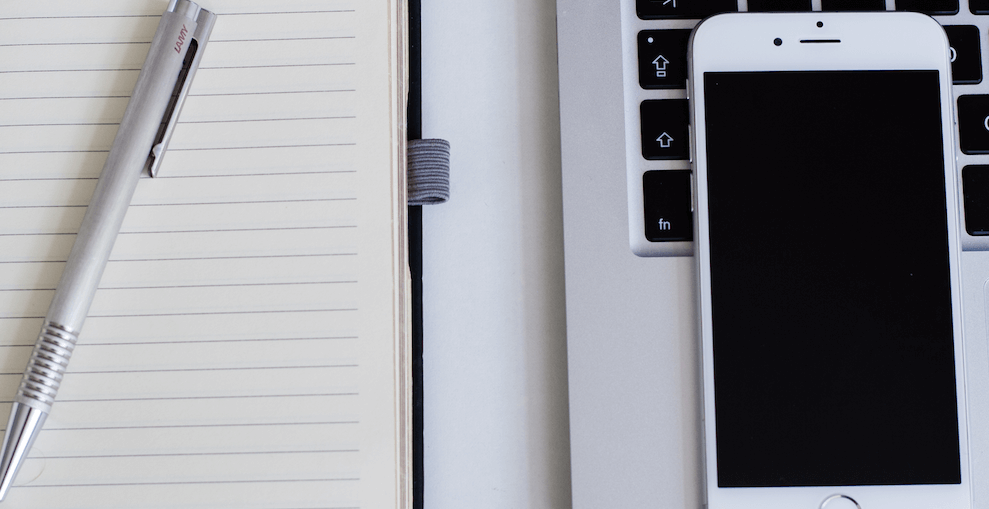
Posted on February 16th, 2018
Your app has been approved by the Apple App Store, and it’s ready to be launched in the territory of your choosing. Now that the hard work of developing your idea is done, you have to make sure that users can find it. With your App Store Description, This should be a simple task, right? Every app has specific fields to help it gain visibility for specific relevant keywords that users are most likely using in their search. This means that you’ll have to make sure that these fields are filled out accordingly, so your app is visible to users. Thankfully, you have the description to help you explain your app’s core features and help it become more discoverable in user search queries. Writing an App Store description can be more difficult than you think. Maybe you’re struggling to figure out how best to describe your app or what keywords you want to incorporate. Is the description too short? Too long? Does it make sense? Fortunately, there are tactics such as ASO best practices for writing the perfect Apple App Store description. Any app that follows these guidelines is sure to increase their app’s visibility for high-volume keywords.
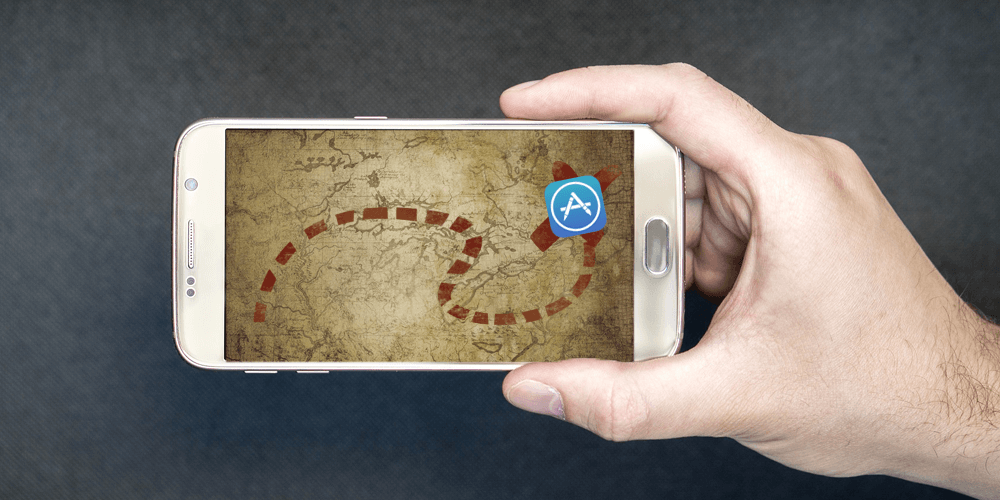
Posted on February 14th, 2018
You have the next best idea for a new app, and perhaps this is something you’ve been mulling over for a long time or maybe you just recently drafted the idea on a whim with friends in passing. Either way, this new app has the potential to be created. Luckily for you, you’ve taken the proactive first step into actualizing this idea by doing your research. If you’ve been paying attention to how the mobile space has changed in recent years, you’re already one step ahead of the game. Many developers don’t know how to optimize their app after it’s been launched. Paired with a preliminary road map, it’s recommended that developers implement an App Store Optimization (ASO) strategy to ensure that their app is visible in the app stores to reach its maximum audience. Creating an app, even if it’s just in the idea stages, still needs to have a step-by-step process to make sure that it’s created successfully. Every step in this process should be meticulously thought out to avoid pitfalls in the future. Read the following list below to start brainstorming a roadmap and act on your big idea.

Posted on February 10th, 2018
Ah, Valentine's Day – the hype is short-lived compared to other holidays, but apps across different categories can still take advantage of the Hallmark Holiday and update their metadata. Any app from mobile games to dating apps can benefit


